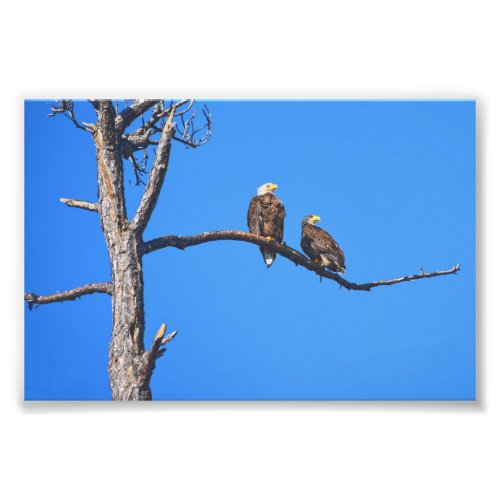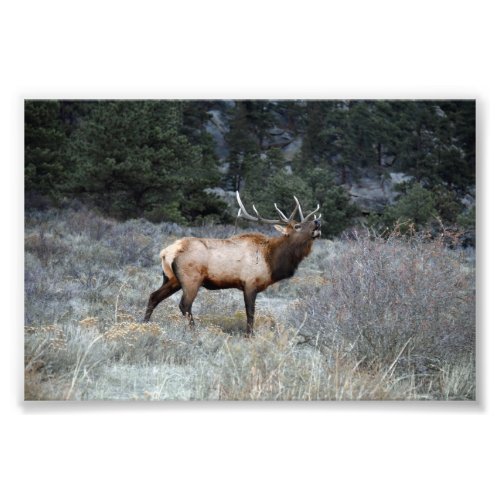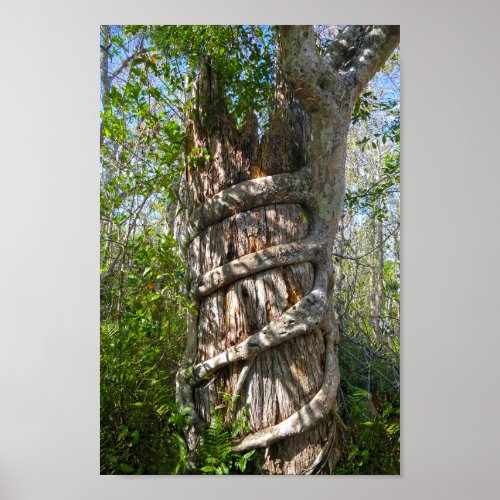
Honey Bee Swarm on a Maple Tree. Inset shows the position and size of the swarm in the tree.
On my two-mile walking route in my Kansas City suburban neighborhood, I’ve seen a lot of interesting sights, including a bobcat, foxes, deer, a stealth bomber overhead, local pilots flying their planes in formation, plenty of golfers on the golf course and children fishing in a small lake, where mallard ducks, herons, Canadian geese, turtles and muskrats have visited or made a home.
This week I was treated to a new sight — a huge swarm of honey bees.
I heard them before I saw them — a huge buzzing sound like something out of a science fiction movie. The bees were swarming around a maple tree, which you can see in the video above. Which reminds me of how beautiful are the changes in the seasons on this walk with so many flowers and colorful leaves appearing in succession throughout the year.
They had taken up temporary residence in a maple tree near a yard full of flowering shrubs, including masses of lilacs now in bloom. When I first moved to my current house fifteen years ago, honey bees were frequently seen in the Spring working the flowers of the crab apple trees that line the sidewalk on my street. But there were fewer each year. This year I didn’t see any on the crab apple flowers!
I returned the day after I took the video and saw all of the bees were quietly clustered on the tree. Only one or two were buzzing around. I read that this is normal behavior as the bees await their scouts returning with news of a new nest location in a tree hollow or other cavity, which could be up to a mile away. On the third day’s walk, the bees were gone with no sign they’d ever been there. A lone bee flew around as if to ask “Where did everyone go?”
Swarming is a honey bee colony’s way of reproduction. In the process of swarming, the original colony splits into two or more colonies. Honey Bees are non-aggressive when they swarm, since they have no hive to protect. They didn’t seem to notice me. In most climates, western honey bees (apis mellifera) swarm in the spring and early summer, when there is an abundance of blooming flowers from which to collect nectar and pollen. When these favorable conditions occur, the hive creates one to two dozen new queens. Just as the pupal stages of these “daughter queens” are nearly complete, the old queen and about half to two-thirds of the adult workers leave the colony in a swarm. Successful scouts will return to the swarm to report the location of suitable nesting sites to the other bees.
In the temporary location, the bees decide on the final nest site based on the level of excitement of the dances of the scout bees, which will lead the swarm to its new home. It’s unusual if a swarm clusters for more than three days at an intermediate stop.
In the old colony, the emerging daughter queens will fight one another until there is only one surviving queen.
One of my first blog posts here was about saving bees and their importance to pollination: Saving Bees.
“Birds, bats, bees, butterflies, beetles, and other small mammals that pollinate plants are responsible for bringing us one out of every three bites of food. They also sustain our ecosystems and produce our natural resources by helping plants reproduce.” Pollinator Partnership.





































